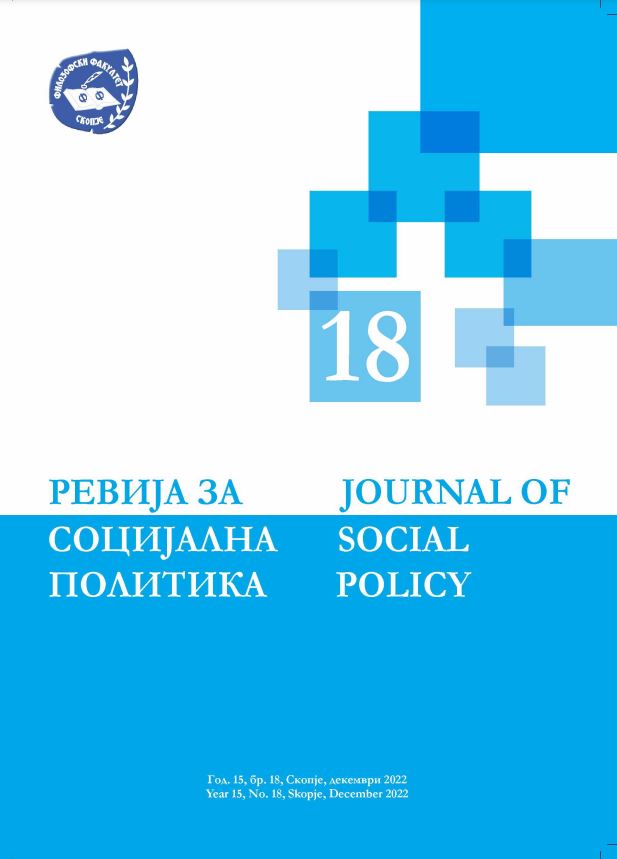EXCEPTION OR MODEL? SOCIALIST YUGOSLAVIA, SOCIAL POLICY AND THE NON-ALIGNED MOVEMENT DURING THE COLD WAR
EXCEPTION OR MODEL? SOCIALIST YUGOSLAVIA, SOCIAL POLICY AND THE NON-ALIGNED MOVEMENT DURING THE COLD WAR
Author(s): Paul StubbsSubject(s): History, Social Sciences, Sociology, Special Historiographies:, Social development, Cold-War History
Published by: Филозофскиот факултет во Скопје
Keywords: Non-alignment; Socialist Yugoslavia; Social Policy; Global South; Social Development; The New International Economic Order
Summary/Abstract: Socialist Yugoslavia’s deep engagement with the Global South, primarily through the Non-Aligned Movement, represents an important corrective to the obsession with bipolarity between the West and the East that dominates orthodox histories of the Cold War. Even before the Belgrade summit of September 1961, Yugoslavia represented a “Third Way” in at least two senses. Firstly, at least from the time of the break with Stalin (known within Yugoslavia as the “historic no”) in 1948, Yugoslavia refused to be a member of either of the Cold War blocs. Secondly, by forming alliances with countries emerging from colonialism in the Global South, particularly in Asia and Africa, it solidified this Third Way as a transnational project and ensured that the focus of international relations was, at least as much, on North-South inequalities as on EastWest conflicts. No less important was the development of a rather unusual social policy model or welfare assemblage, differing in important respects not only from Western welfare states, including the Scandinavian welfare states, but also from those welfare arrangements dominant within Soviet-type communism. In this text, based on archival materials and a review of relevant literatures, the focus is on modes of exchange regarding socio-economic development, including social policy and social work, between socialist Yugoslavia and the Global South, particularly those parts of the Global South playing an active role within the Non-Aligned Movement. A brief overview of the key elements of the Yugoslav social model is followed by a similarly cursory treatment of the reasons behind, and nature of, socialist Yugoslavia’s commitment to non-alignment. There then follow three intrinsically interlinked but analytically separable case studies, forming the core empirical base of the text, exploring elements of the circulation of practices, discourses, and people, in relation to social development, between socialist Yugoslavia and parts of the Global South. Questions for further research are then noted by way of conclusion.
Journal: Ревија за социјална политика
- Issue Year: 2022
- Issue No: 18
- Page Range: 75-96
- Page Count: 22
- Language: English

